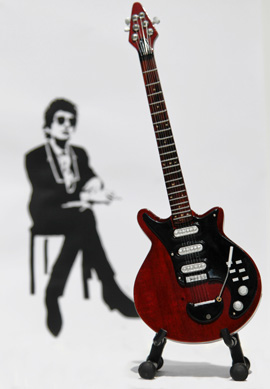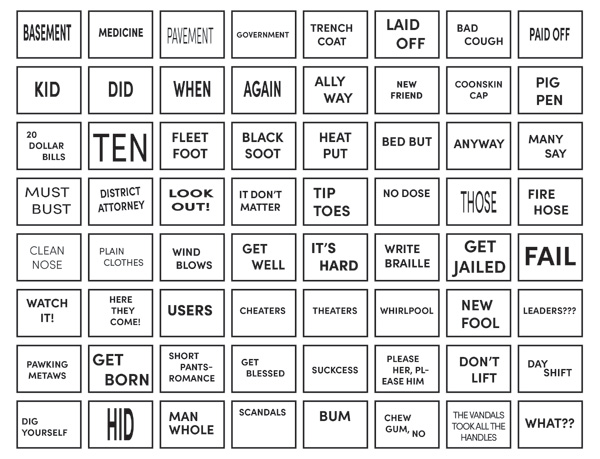![]()
The date was May 8, 1964. Bob Dylan was in a London alley with a stack of cue cards recording what is now recognized as one of the first music videos: Subterranean Homesick Blues. I’m a boomer, but too young to be part of the “Woodstock” crowd and contemplate the deeper messages of Dylan’s poetic lyrics. But I am old enough to remember enjoying the music and stories in his songs.

Dylan’s early life is the subject of the new Timothy Chalamet movie about which everyone is talking: “A Complete Unknown.” In addition to sharing Dylan’s work with yet another generation (enjoy it Gen Z), this has also brought a plethora of Bob Dylan videos to the top of my YouTube stream. About this I am not complaining.
But when the original Subterranean Homesick Blues video popped up the other day, I heard and saw something that surprised me. I remembered the video immediately. The grainy black and white recording, Dylan’s twang and the unique audiovisual combination are unforgettable. But what caught my attention this time was the cue cards. As I watched, I instinctively tried to match each word back to the lyrics. This doesn’t work. The synchronization of the cue cards with the song is addicting because your mind wants to put the words into Dylan’s mouth as he sings. But you can’t.
Since AI is made for such “pattern matching” problems. I wondered, could ChatGPT learn the words from the cards and “extend” them into Dylan’s lyrics. Well, of course it could if it had already seen the lyrics. Even I can do. But that would be cheating, like building a model off the specific results you are trying to predict. The models we build for predicting outcomes such as delinquency must often deal with incomplete data sets and/or discontinuities created by manual entries. When they have enough data, machine learning tools are very good at accommodating human error. But could AI take only the cue cards and recreate Dylan’s song – both lyrics and music?

AI is a prediction technology. It can predict the next letter, the next word, or an outcome from a complex model. It can also use trial and error to learn and get better in cases where judging the quality of the outcome is clear. But how many combinations of words and chords would it have to try to get even one melody, much less Dylan’s creation. Creating a song from words seems like a bridge too far, but AI has already won photography and writing contests.
I am pretty sure that Bob Dylan did not have AI in mind in 1964 when he thought of the cue card video, but it sure is an awesome throwdown today. Could a machine learning algorithm take just Dylan’s cue cards and spit out Subterranean Homesick Blues? No, that’s not happening. No way.
Right?
Watch full Bob Dylan Subterranean Homesick Blues video here.